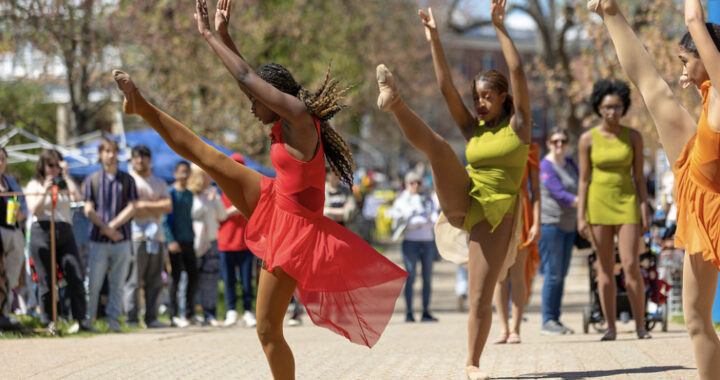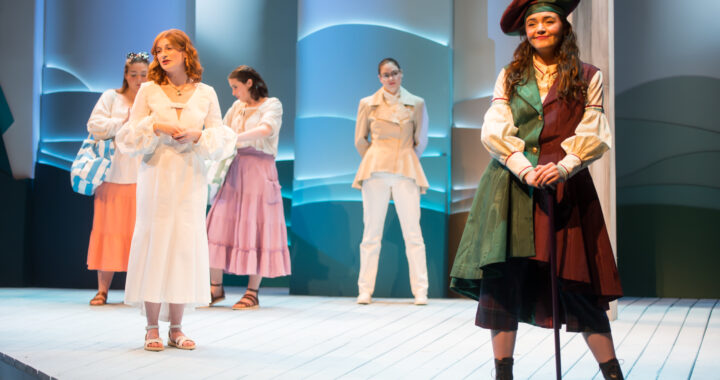Readers crave diversification of LGBTQ literature
3 min read
LGBTQ YA novels are rising in popularity. / Well Done Marketing
By KATIA SAVELYEVA
Staff Writer
“The Perks of Being A Wallflower” by Stephen Chbosky was met with criticism when it was published in 1999 for its inclusion of a gay character, even being banned from some schools. This was the pop-cultural landscape of young adult literature in the 2000s and early 2010s— LGBT representation in a financially successful novel was a cause for some degree of outrage.
Over the last decade, however, this attitude has changed significantly: in a 2016 survey of young adult novels released by major publishers, author Malinda Lo traced its increase from just over 20 books in 2011 to 79 books in 2016. More recently, the 2018 adaptation of Becky Albertali’s novel “Simon Vs. The Homo Sapiens Agenda” into romantic comedy “Love Simon” attained financial success, grossing 66.3 million worldwide.
While young adult literature is sometimes seen as a genre for teens, many college students read it as well; and for some, the increase in LGBT young adult books is a specific draw.
“I really only see young adult LGBT novels. When I see other books, they’re often either not focused on romance or completely straight,” said sophomore English major Lexie Pound.
Sophomore English major Bernadette D’Auria says she specifically looks for young adult novels with LGBT themes. “It’s something that I actively seek out,” said D’Auria. “I’ll look at Goodreads lists of gay characters, things like that.”
However, both Pound and D’Auria are not wholly satisfied with the market. Pound, for instance, finds discrepancies in which demographics of LGBT stories receive the most publication.
“I notice most of it is men,” said Pound. “There’s not really a lot of books with LGBT women.”
In addition, D’Auria pointed out the lack of variety in the types of stories that dominate LGBT young adult novels.
“It’s often about them coming into their identities, which is nice when you yourself are coming into your identity. But as someone who’s been out for years, I don’t want to read these coming-of-age novels. I just want to read a fantasy novel or a historical fiction that just so happens to have a gay character,” said D’Auria.
D’Auria’s concern ties into a broader question about the fact that LGBT YA has become a recognizable label. On one hand, this label exists for a reason— it makes the books easily accessible to those who wish to read these stories.
On the other hand, the moment a set of identities becomes a subgenre, the genre gains conventions. In this case, the conventions often surround the importance of “positive” representation— the idea, in this case, that it’s problematic for an LGBT protagonist’s story to end unhappily.
This stemmed to counter the fact that a good proportion of well-known stories featuring LGBT individuals have been tragic.
In the mid-2010s, a media cycle of backlash against this convention developed, the primary point of which being the disproportionate deaths of LGBT characters in television shows with ensemble casts. At present, the trope is far more frowned-upon. However, the undisputed fact that it matters for LGBT people to have stories with happy endings is not as simple as it appears at first glance.
It’s often necessary to balance fiction between a reflection of reality and fiction that presents one with hope. The fact of the matter is that LGBT teens and young adults, just like the rest of their age group, do not have universally positive experiences.
While a flood of positive, happy romances is encouraging to some, it is alienating to others: those who did not have their first kiss in high school, whose first relationships were unhappy or even traumatic, who figured out their identities in unexpected ways or whose material circumstances prevented them from coming out.
If novels that deviate from a romantic-comedy formula face the backlash associated with “bad representation,” the self-expression and creativity of authors with varied life experiences could be stifled.
Ultimately, the key to navigating this line is to grant these authors attention in the first place, and to understand the importance of balance. Enforced tragedy is limiting, but enforced positivity can be, too.
Diversification – of story, of genre, of character and intersectional identity – is in order, and is being worked for by authors whose voices deserve to be lifted up. Most of all, the voices and perspectives of readers make a difference: they’ve gotten us this far, and will get us further.












3 thoughts on “Readers crave diversification of LGBTQ literature”
Comments are closed.